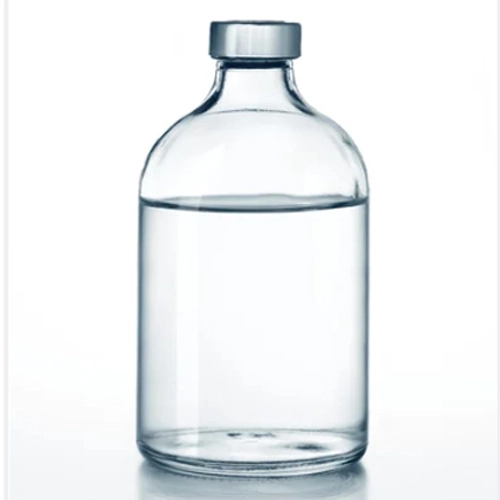IUPAC Name
Propenoic Acid
Cas Number
79-10-7
HS Code
2916.11.00
Formula
C3H4O2
Industry
Paint, Ink and Coating
Appearance
Clear Colorless Liquid
Common Names
Common Names Acrylic acid, inhibited; 2-Propenoic acid; Acroleic acid
Packaging
200 KG HDPE
Brief Overview
Acrylic acid, having the chemical formula CH2=CHCO2H, is an unsaturated carboxylic acid. This clear and colorless liquid is characterized by its acrid odor. Due to the presence of a polar carboxylic acid functional group, it exhibits solubility in water and miscibility with relatively polar organic compounds like alcohols, ethers, and chloroform. Acrylic acid is sensitive to air and water, readily reacting with free radicals and electrophilic or nucleophilic agents. Polymerization can occur in the presence of acids, alkalis, amines, peroxides, and iron salts. Prolonged exposure to heat or light can also induce polymerization, and if confined, it may lead to an explosion even at room temperature. The corrosive nature of acrylic acid extends to metals and tissues. Utilized in various forms, including free acids, ammonium, and alkali salts, acrylic acid finds applications as thickeners, dispersing agents, flocculants, wetting agents, coatings, textile finishes, and protective colloids for stabilizing emulsions and polymer dispersions. Its versatility is evident in its participation in additional reactions with a broad range of organic and inorganic compounds, making it a valuable feedstock for producing numerous low molecular compounds. For example, acrylic acid can be employed in the production of derivatives of propionic acid involving water, alcohols, amines, halogens, and chlorinated hydrocarbons. Additionally, it can react with other substances to generate unsaturated fatty acids, heterocyclic compounds, and Diels-Alder addition products. Given its tendency to polymerize explosively, acrylic acid must be stabilized with an inhibitor like hydroquinone before shipping. The removal of the stabilizer is typically unnecessary, as its effects can be compensated for by adding an excess initiator.
Manufacturing Process
The predominant method for producing acrylic acid involves the vapor-phase oxidation of propylene through acrolein. Propylene, often a byproduct of ethylene and gasoline manufacturing, is typically Chemical-Grade (CG) propylene. In a two-step oxidation process, CG propylene is combined with steam and air. Initially, propylene undergoes oxidation to form acrolein, which is then further oxidized to yield acrylic acid. These oxidation reactions occur in tubular, fixed-bed reactors, utilizing the exothermic reactions' heat to generate steam.
Intermediate Chemicals Industry
Acrylic acid serves as a key raw material for creating various chemicals like methyl acrylate, ethyl acrylate, butyl acrylate, and 2-ethylhexyl acrylate. These chemicals, once polymerized, find applications in hygiene products like disposable diapers, water-based paints, construction adhesives, pressure-sensitive adhesives, and coatings for textiles, wood, and paper. Additionally, they play a crucial role as intermediates in the production of acrylate esters, essential for making plastic additives, adhesives, coatings, textiles, and paints. However, environmental concerns have led to the discontinuation of their production.
Paint Industry
.
Acrylic acid plays a crucial role in the production of plastics, latex applications, floor polish, polymer solutions for coatings, emulsion polymers, paint formulations, leather finishings, and paper coatings. The creation of acrylics involves a two-step process starting with the reaction of acrylic acid and alcohol to produce an alkyl acrylate, a monomer for acrylics. The second step involves polymerizing this monomer to form acrylics. The properties of the resulting acrylics depend on the specific alkyl groups in the acrylic acid and alcohol used. Acrylics are widely used in the coatings industry and are known for their durability and clarity, often utilized in sheet forms.
Waste Water Treatment Industry
Waste water treatment uses copolymerized acrylic acid monomers. They are used in the flocculation of waste water, mineral ore fines, and sewage treatment.
Other Applications
There are several uses for acrylic acids across a range of industries. The cosmetics business uses acrylic nail polish, which contains them.
